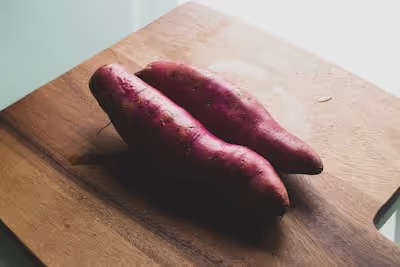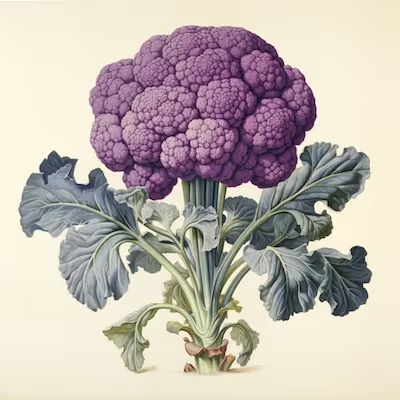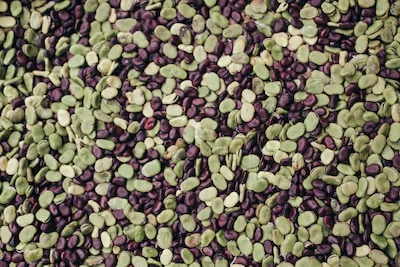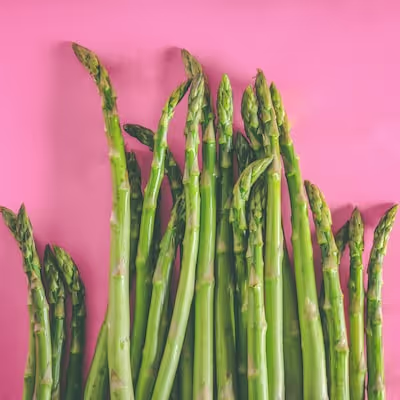Growing Perilla for Flavor, Color, and Culinary Versatility
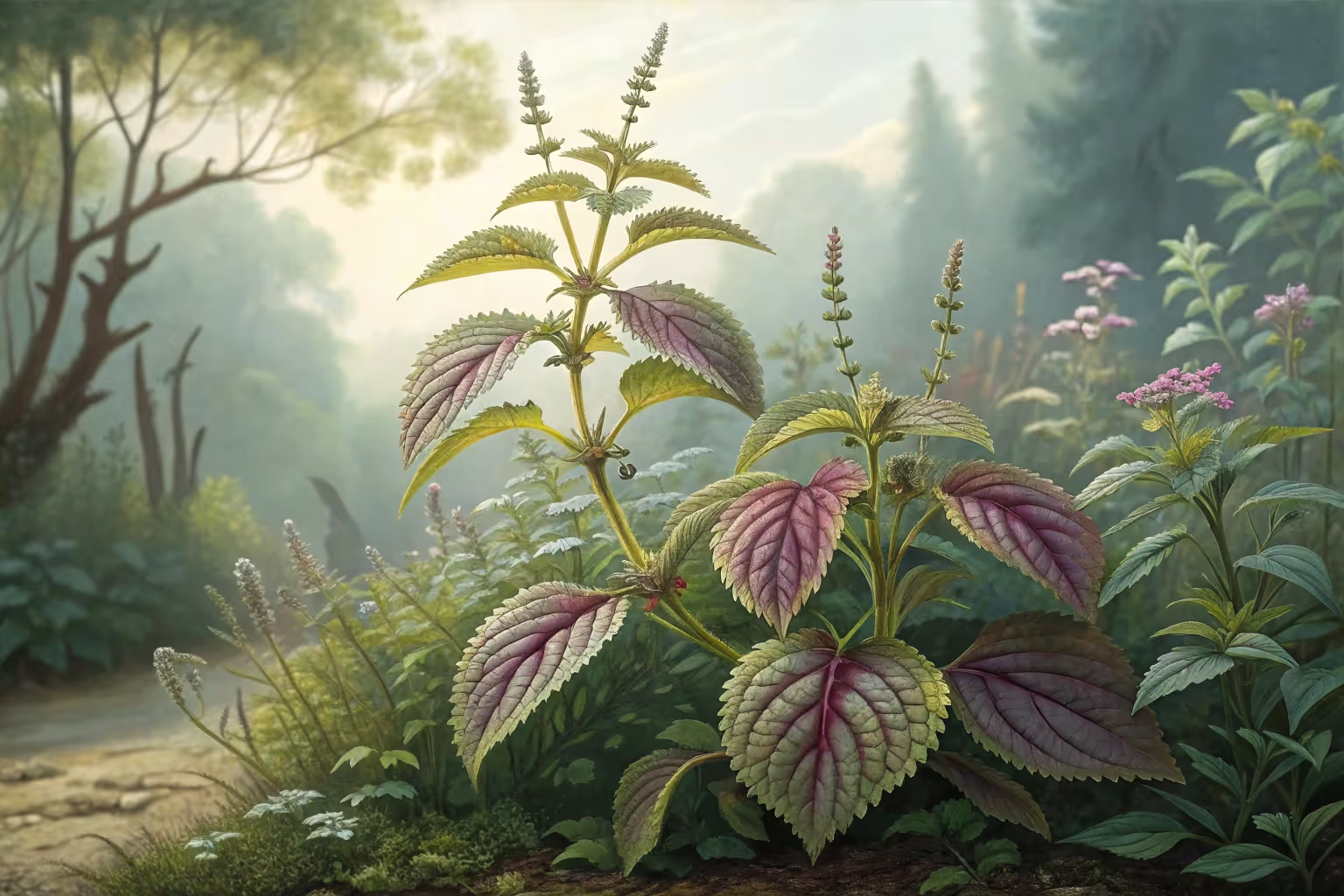
Growing Perilla
Growing perilla delivers bold flavor to your garden—plant this aromatic herb in full sun to partial shade and rich, moist soil for thriving results. Start seeds indoors four weeks before the final spring frost, or sow outdoors directly once soil temperatures hit 65°F. Water regularly, pinch tips to encourage bushy growth, and you'll soon harvest vibrant leaves perfect for spicing up dishes with their mint-basil kick. Curious to learn how shiso can spice up your gardening routine? Read on.
Cheatsheet: Grow Perilla for Kitchen & Color Impact
🌱 Varieties to Try
Perilla frutescens (shiso) comes in green, red, and bi-color forms. Green for sushi & salads, red for pickles & dye.
🗓️ Planting Timeline
- Sow indoors 4–6 weeks before last frost
- Transplant after soil reaches 65°F / 18°C
- Direct sow post-frost for successive crops
🌞 Light & Location
- Full sun (6+ hours) for bushy plants
- Partial shade slows bolting in heat
🌱 Soil & Water
- Loose, fertile, neutral pH (6–7)
- Keep soil moist, avoid soggy roots
- Mulch keeps moisture, limits weeds
✂️ Care & Harvest
- Pinch tips early for bushier plants
- Harvest leaves young for best flavor
- Regular picking extends growth
- Bolts in full summer; sow again mid-summer for fall crop
🍴 Culinary Use Ideas
Wrap sushi, stir into salads, infuse oils, add color to pickles. Rich in omega-3s, calcium, and vitamin C. Leaves and seeds both edible.
💡 Self-sufficiency & Nutrition
- Antioxidant-rich superleaf
- Grows fast, multiple harvests per season
- Attracts pollinators, supports ecosystem health
🧰 Tools and Products You'll Need
- Seeds (green, red, or frilly)
- Potting soil & compost
- Shallow trays or pots for starting
- Sharp scissors for harvest
- Watering can or gentle spray nozzle
- Mulch (organic straw or leaves)
⚡ Fast Facts
- Sprouts in 7–14 days
- 100+ leaves per plant in 2 months
- Healthy, aromatic microgreens in 12 days
Growing Perilla for Flavor, Color, and Culinary Versatility
I plant Growing Perilla every spring because few herbs give so much leaf, scent, and late-season bloom in one compact package. The first time I rubbed a leaf, that wild hit of perillaldehyde and minty basil made me rearrange an entire bed on impulse.
Perilla frutescens behaves like an annual in temperate zones, yet it fuels a whole season of cooking. It also brings pollinators in late summer just when other herbs get tired.
Quick ID and types that matter
Perilla frutescens var. crispa gives us Japanese shiso types with crinkled leaves. Perilla frutescens var. frutescens skews toward Korean oil and wrap types with flatter leaves.
- Green shiso Aoshiso and Ao Shiso: citrusy, clove, and basil notes for sashimi, salads, and tempura.
- Red shiso Akajiso: tannic, berry-toned, loads of anthocyanins for pickling and syrups.
- ‘Britton’ bi-color: olive green with wine-purple undersides, ornamental and tasty.
- Korean perilla Deulkkae and Kkaennip: nutty aroma, larger leaves, perfect for wraps and pickling.
- Seed types Egoma: bred for oil and roasting, smaller leaves, prolific seed set.
Site, soil, and container setup
Give full sun in cool summers or light afternoon shade where summers cook, and you get sweeter leaves. Aim for 6 to 8 hours of light and watch the midday scorch in heatwaves above 90 F, 32 C.
Soil pH from 6.0 to 7.2 works, and I keep it fertile but draining. A loamy mix with 10 to 20 percent compost and a pinch of organic nitrogen keeps growth steady without bland flavor.
In containers, 3 to 5 gallons, 11 to 19 liters, per plant gives room for roots. Fabric pots help in hot patios by keeping roots cooler.
Seed starting that actually works
I learned the hard way that perilla seed sulks without a short chill. I cold-stratify in the fridge for 2 weeks in a zipped bag with barely moist vermiculite, then sow.
Seeds need light, so press them onto the surface and mist. Warmth at 70 to 75 F, 21 to 24 C, delivers germination in 7 to 21 days.
Transplant after frost when nights hold above 50 F, 10 C. Space 10 to 12 inches, 25 to 30 cm, for leaf types or 8 inches, 20 cm, for dense, cut-and-come-again beds.
Pinch the top at 6 inches, 15 cm, to force bushiness. That single move triples usable leaf area for me.
Water, feeding, and pruning rhythm
Keep soil evenly moist like a wrung-out sponge, then let the top inch, 2.5 cm, dry before watering again. In heat, I water deeply every 2 to 3 days and mulch with shredded leaves.
A light feeding every 3 to 4 weeks with fish or seaweed emulsion keeps growth lively. Too much nitrogen makes watery leaves that bruise and lose punch.
Regular harvesting is your best fertilizer. I strip side shoots weekly and never let plants exceed knee height before cutting back.
Photoperiod and timing for leaves
Perilla is a short-day plant, so it stays leafy until late summer, then flowers as days shorten. I succession sow every 3 to 4 weeks to keep fresh leaves coming while older plants push blooms.
Preventing escape and staying safe
Perilla reseeds with gusto if you let late flowers set seed. I cut flower spikes as soon as they form in ornamental beds and leave one patch for beneficial insects in a controlled corner.
“Perilla frutescens can be invasive in parts of the southeastern United States.” United States Department of Agriculture Plants Database
Livestock can be poisoned by perilla ketone in foliage, especially during flowering. Extension bulletins from North Carolina State University and the University of Tennessee warn that cattle and horses are at risk if forage is scarce.
Pests, diseases, and quick fixes
Aphids, flea beetles, and slugs show up first on stressed plants. I blunt flea beetles with lightweight row cover and plant a trap line of mustard a week earlier.
Leaf spots and downy mildew creep in during hot humidity. Increase spacing, prune for airflow, and water at soil level in the morning to keep foliage dry by night.
Harvest, storage, and kitchen prep speed
Harvest in the morning for peak turgor, then chill fast. Leaves hold 3 to 5 days in a sealed box with a paper towel, or 24 hours stem-in-water on the counter like basil.
Flower buds eat like herbaceous caviar. I strip them for finishing ramen, cold noodles, and cucumber salads.
Culinary playbook from the beds
- Raw Layer green shiso into tomato and peach salads, chiffonade over tuna, or fold into cold soba.
- Pickled Salt red shiso to stain and season umeboshi, or quick-pickle Korean perilla leaves with soy, garlic, and chile.
- Fried Tempura the leaves whole, then dust with rice vinegar powder and sea salt.
- Syrups and drinks Red shiso makes a neon magenta syrup with lime that wakes up seltzer or gin.
- Seeds Toast and grind into furikake, or ferment with soy for a crunchy, nutty condiment.
- Oil Perilla seed oil finishes grilled eggplant, cold tofu, or steamed potatoes like a forest-scented olive oil.
Color and chemistry that inform flavor
Red shiso gets its tint from anthocyanins like shisonin, which also give that puckery, tea-like grip. Green types push more straight citrus, clove, and cinnamon basil on the nose.
“Perilla oil contains roughly 54 to 64 percent alpha-linolenic acid.” Journal of Oleo Science
Rosmarinic acid dominates the leaf’s phenolics, a point echoed across food science literature. That antioxidant load tracks with the vivid color you see in the bed and the glass.
Design and companions
Pair red shiso behind chartreuse basil for contrast that reads across the garden. I slot Korean perilla next to peppers and eggplant, both for looks and a gentle nudge against aphids.
Late white flower spikes bring hoverflies and tiny solitary bees in September. That traffic helps fall brassicas as they head up.
Best picks and gear that earn their keep
- Top container cultivar ‘Britton’ for color, tight habit, and forgiving growth in 3 gallon, 11 liter, pots.
- Best for flavor-forward leaves Aoshiso, bright and layered without bitterness in heat.
- Pickling workhorse Akajiso for dye and tannin that stand up in brines.
- Wrap champion Kkaennip types with broad, sturdy leaves that do not tear.
- Seed and oil production Egoma, heavy flower and seed set, great for toasted seed spice.
- Seed-starting heat mat Speeds stubborn germination and keeps temps steady at 72 F, 22 C.
- LED grow light Compact bar light at 200 to 300 µmol m−2 s−1 for stout seedlings.
- Fabric pots 5 gallon, 19 liter, for patio plants with strong root pruning.
- Fine-mist sprayer Keeps surface moist for light-dependent germination without crusting.
- Snips Narrow-tip pruners for clean harvest that avoids leaf bruising.
Scheduling for steady supply
I sow indoors 6 to 8 weeks before last frost, then set out after soil hits 60 F, 16 C. A second sowing 30 days later carries me through peak summer.
As days shorten, I take softwood cuttings and root them in perlite for a winter windowsill pot. Those leaves rescue February noodles from boredom.
Saving seed without off-types
Isolate varieties by 100 feet, 30 meters, or bag a few panicles with organza to keep flavors true. Dry seed fully in paper bags, then freeze 3 days to kill hitchhikers and store cool and dry.
Common problems, real fixes
Leggy seedlings mean low light or too much heat, so drop to 65 F, 18 C, and lift lights to 2 inches, 5 cm, above leaves. Bitter leaves point to heat stress or drought, so add afternoon shade and mulch.
Green types turning purple often signals nutrient imbalance or cool nights. A light, balanced feed and warmer root zone usually flips the color back.
Field notes worth repeating
I never let perilla go seed-wild near pasture or a woodland edge. I also pull volunteers while small and compost hot to avoid spreading viable seed.
“Perilla mint is one of the most toxic plants to cattle in Tennessee.” University of Tennessee Extension
For flavor, I keep plants on the lean side and harvest constantly. For color, I reserve a red shiso block for pickling and syrup day, then let that block bloom for the pollinators in late season.
Frequently Asked Questions About Growing Perilla
What conditions promote healthy growth?
Perilla thrives in full sun to partial shade, preferring at least 6 hours of direct sunlight daily. It grows best in well-drained, fertile soil rich in organic matter. Ideal daytime temperatures range between 68°F to 77°F (20°C to 25°C), though plants mature comfortably at slightly higher summer temperatures.
How often should the plants be watered?
Water regularly to keep the soil evenly moist, allowing the top inch (2.5 cm) of soil to dry between watering sessions. Avoid overwatering, which can lead to root rot. Adjust watering based on rainfall and ambient humidity to maintain optimal moisture.
Can I successfully grow it in containers?
Yes, container cultivation succeeds with ample space and proper drainage. Select containers at least 12 inches (30 cm) deep and wide to accommodate healthy root development. Use high-quality potting soil and provide consistent moisture and sunlight exposure.
When and how should I harvest leaves?
Begin harvesting individual leaves as soon as plants reach around 8 inches (20 cm) in height. Snip leaves regularly from the outer sections, promoting vigorous growth and continued leaf production throughout the growing season. Generally, harvesting in the morning delivers the most flavorful leaves.
Are there common pest or disease issues to watch for?
Perilla plants rarely suffer from serious pests or diseases, though occasional aphids or spider mites may appear. Regular inspections and gentle insecticidal soaps or neem oil sprays can effectively control these minor infestations. Ensure good air circulation to prevent fungal diseases.
How can I propagate new plants?
Propagation typically occurs via seeds or stem cuttings. Seeds germinate readily indoors approximately 4-6 weeks before the last spring frost date. Stem cuttings taken from healthy plants in early summer root easily in moist soil or water. Maintain steady warmth between 70°F to 75°F (21°C to 24°C) for best rooting results.
Growing Perilla pays back in flavor and color if you keep it simple. Warm soil, full sun to light shade, sharp drainage, and steady moisture. Start a few plants, then pinch early to push branching and tender leaf flushes. Harvest often. Snip before bloom to keep the bite; let one plant flower for pollinators and seed if you want a fresh crop next year. Perilla self-sows, so deadhead to keep it tidy. Use succession sowing to stretch the season.
In the kitchen, this leaf is a workhorse. Wrap grilled meat, fold into rice, slip into noodles, or quick-pickle for a neon hit. Green reads fresh and herbal; purple plates like velvet. For a mixed herb bed that pairs with perilla, grow some oregano or marjoram. For fast salad companions, try arugula. Keep snips handy, keep tasting. Growing Perilla becomes a habit worth keeping.
Health Benefits of Homegrown Perilla
Immune Support from the Garden
Perilla leaves contain rosmarinic acid, a natural antioxidant shown by studies to assist immune function and reduce inflammation.
Rich in Omega-3 Fatty Acids
Perilla seeds offer one of nature's highest plant-based concentrations of alpha-linolenic acid (ALA). Daily consumption aids heart health, lowers cholesterol levels, and supports brain function.
Anti-Allergenic Properties
- Research confirms perilla extract reduces seasonal allergy symptoms by inhibiting histamine release.
- Regular intake reduces sneezing, nasal congestion, and itchy eyes naturally.
Respiratory Health Boost
In traditional herbal medicine, perilla provides relief from mild asthma, cough, and respiratory irritation, improving overall lung function.
Nutritional Highlight
- High vitamin C content: boosts collagen production and skin vitality.
- Minerals like calcium, iron, and potassium maintain strong bones and balanced blood pressure.
Find out which plants will thrive in your garden!
Answer a few fun questions and get custom plant recommendations perfect for your space. Let’s grow something amazing together!

start your season
